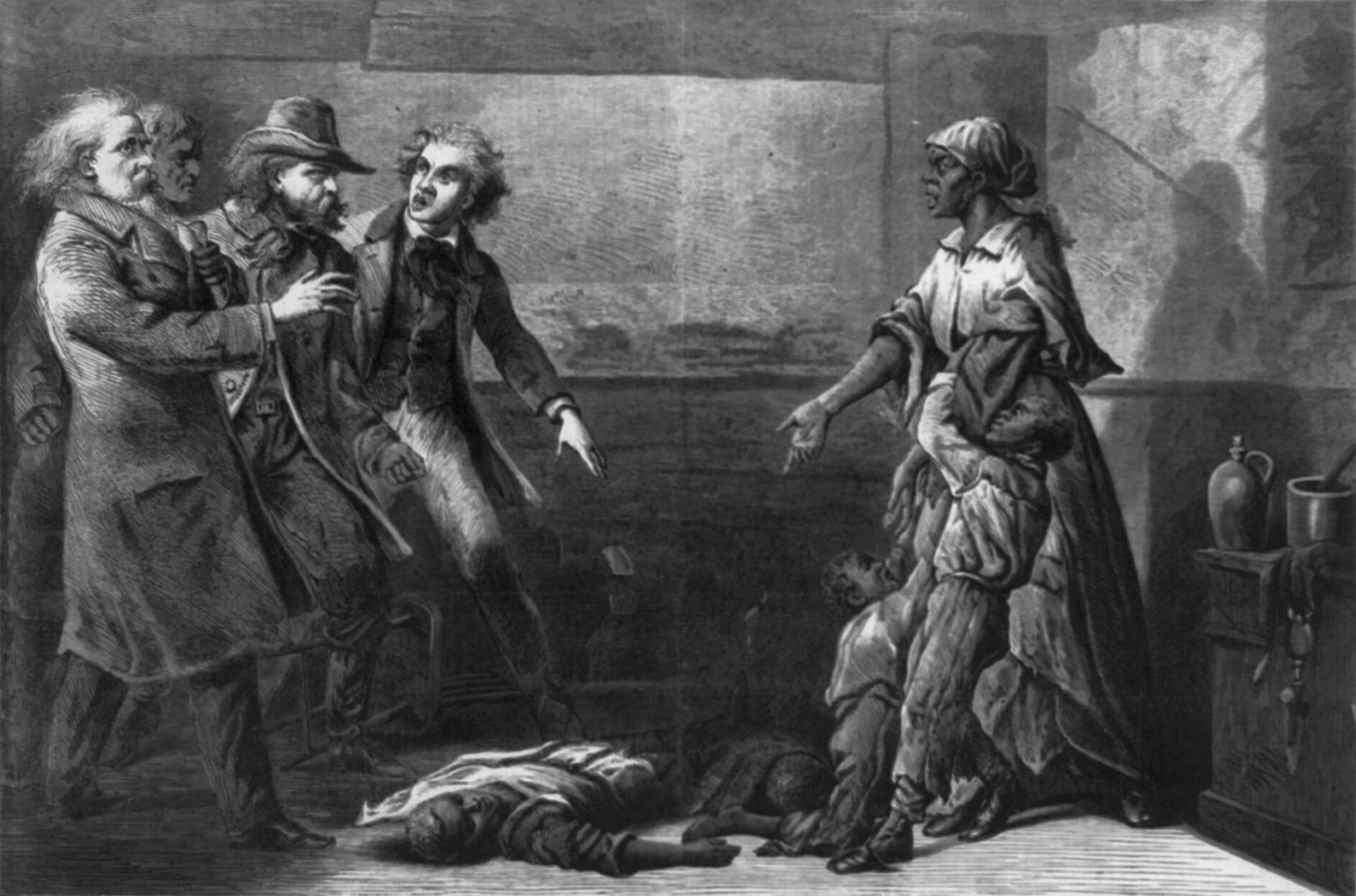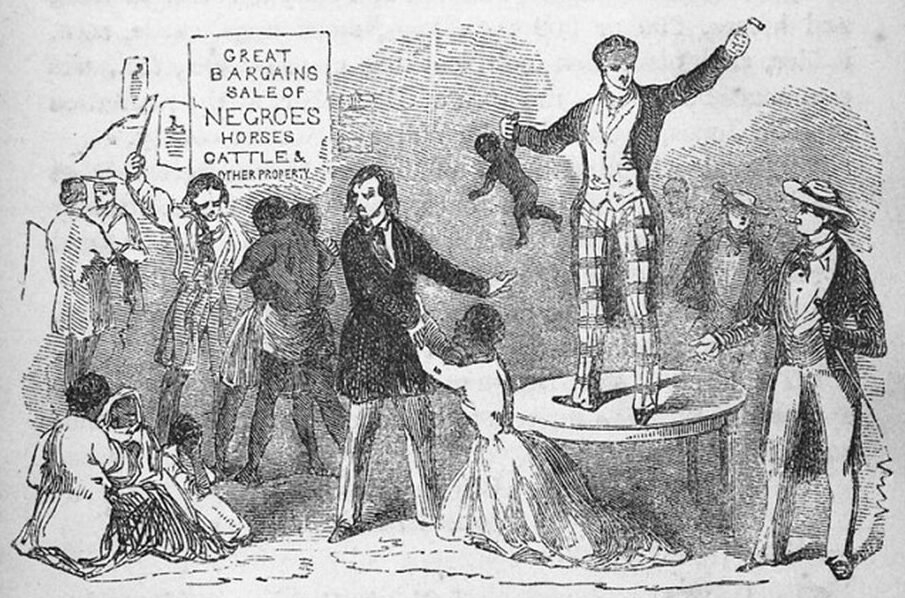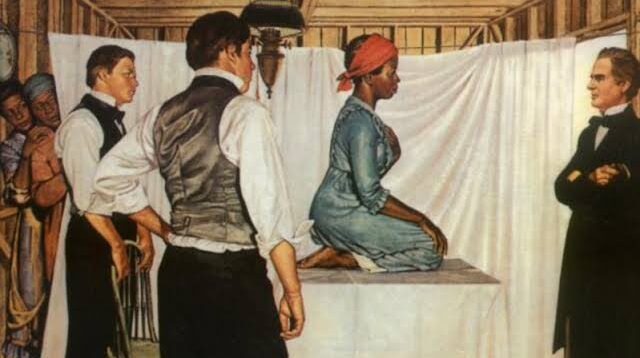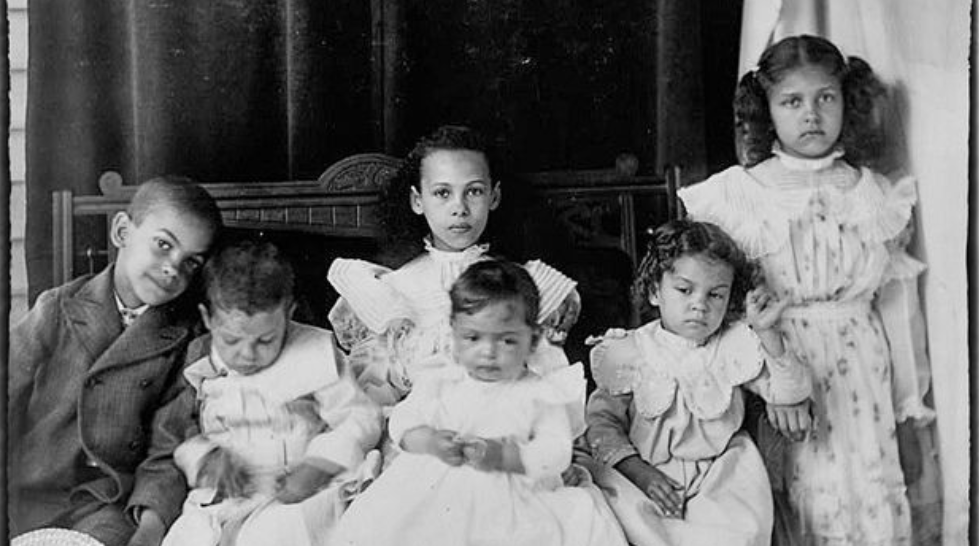Rarely acknowledged as anything then a trophy.
Throughout generations men have historically been written about as the protagonists. Harriet Jacobs in the “Incidents in the Life of a Slave Girl”, brings her story to life. In the Preface, Jacobs’ voice is meek and gentle to readers. It almost seems as if she desires to make herself unknown and unheard.
I have not written my experiences in order to attract attention to myself; on the contrary, it would have been more pleasant to me to have been silent about my own history. Neither do I care to excite sympathy for my own sufferings. But I do earnestly desire to arouse the women of the North to a realizing sense of the condition of two millions of women at the South, still in bondage, suffering what I suffered, and most of them far worse. I want to add my testimony to that of abler pens to convince the people of the Free States what Slavery really is. Only by experience can any one realize how deep, and dark, and foul is that pit of abominations. May the blessing of God rest on this imperfect effort in behalf of my persecuted people! (Harriet Jacobs i)
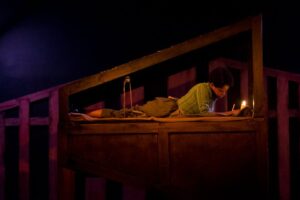
Sydney Sherow Celestin performs in ‘Harriet Jacobs,’ the regional premiere of a play by Lydia R. Diamond presented by African American Repertory Theater at KD Studio Theater on June 9, 2016 in Dallas. (Ting Shen/The Dallas Morning News)
How many times do women do this? How many times do we make ourselves small? We minimize our actions or reactions because it would be deemed an overreaction. She’s going crazy. Or it must be that time of the month? Or why are women so emotional? Harriet Jacobs understood this well; she was a slave, when she was free, she dedicated her life to her children and work and was left with “no time for leisures”. Jacob escapes slavery and on the off chance she had time she would write her story down. Even in today’s world women specifically of color prioritize others over themselves. How many times in my life did I see my own mother do it with my brother and I. We would have brand new school uniforms every year and she would wear hand me downs. It is as if we are expected not to desire above our social status. Jacobs was expected to conform to her social standing as a former slave and as a black woman. Society expected her to be docile as a black woman to be silent like she did not exist. Jacobs tries to break through the societal norms by publishing her story, but despite this she must assume another identity; Linda Brent so as not be discovered.
Who is our Linda Brent? Who is that inner woman, that most females choose to lock up because they fear the social put downs.
“Behind Every Great Man is A Great Women!”
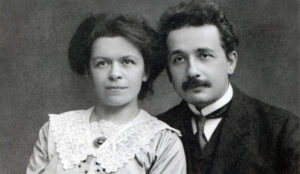
Einstein with his first wife, Mileva. Universal History Archive/Universal Images Group/Getty Images
According to “The Knowledge”, Einstein married a fellow physics student, Mileva Maric. “At school Mileva was more of an academic superstar than Albert.” When Einstein told his mother he wanted to marry Mileva, she replied: “Like you, she is a book. But you ought to have a wife.”
Yet Mileva was instrumental in his success. She proofread his work and tweaked his calculations. She also did his laundry and raised his children. “When they were apart, he sent her a sketch of his foot so she could knit him a pair of socks.” She didn’t get much back.
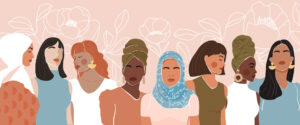
International Women’s Day greeting banner. Abstract woman portrait different nationalities on floral linear background. Girl power, struggle for equality, feminism, sisterhood concept. Vector.
We have continued doing this throughout history. Why do women choose time and time again to play the background, instead of coming to the forefront? Don’t women do this today? Don’t we hide our true potential because men in our lives will feel inferior, fathers, brothers, husbands?

Women have been missing in action. We have the power to truly effect change, to change the course of time. If we look towards the Bible, in Genesis we see how through Eve and her persuasion sin is introduced into humanity.
I propose that there is true freedom when women allow their truest selves to radiate through. Please understand this in no way diminishes the opposite sex but in fact encourages women to discover and set free their inner selves.



